Ⓒ 2023 Kyligence, Inc. All rights reserved.
How to Calculate ROI of Your Marketing Campaign

Introduction to ROI and its importance in marketing
Defining ROI and its relevance in marketing
For businesses, the ultimate goal of any investment is to generate profitable returns. Similarly, when it comes to marketing campaigns, measuring return on investment (ROI) is crucial in determining the effectiveness of the campaign. ROI represents the ratio between net profit earned and total cost incurred during a specific period. Essentially, it answers questions such as "How much did we spend on a campaign?" and "What was our revenue generated from that campaign?". As a result, calculating ROI gives an accurate picture of whether or not a particular marketing strategy has been beneficial for business growth.
Importance of measuring ROI in Marketing
Measuring ROI provides businesses with tangible data that can be used to make informed decisions about future investments. A positive outcome means that resources were utilized efficiently while negative results indicate areas where changes are necessary for improving profitability. Without tracking ROI regularly, there's no way for companies to know which campaigns have been successful or unsuccessful - this could lead them down paths that are ultimately detrimental to their bottom line.
Another benefit of tracking ROI is identifying which channels provided better results than others. For instance, if social media had more engagement levels compared to email marketing campaigns then focusing more effort on social media would be beneficial instead of investing additional funds into under-performing methods.
Furthermore, by using precise measurements like calculating customer acquisition costs (CAC), marketers can optimize their strategies and create targeted initiatives with higher chances of success - all whilst keeping within budgetary constraints.
Formula for calculating ROI in marketing campaigns
What is ROI in marketing?
Return on Investment (ROI) is a financial metric used to evaluate the profitability of an investment. In marketing, ROI is used to measure the effectiveness of a marketing campaign by comparing the revenue generated from the campaign to the cost of running the campaign. ROI is an essential metric for businesses as it provides a clear understanding of how much they are earning from their marketing investments and whether they are generating a positive return or not.
The formula for calculating ROI in marketing campaigns
The formula for calculating ROI in marketing campaigns is a simple one. It involves dividing the revenue generated from a campaign by the cost of running the campaign and multiplying the result by 100 to get a percentage. The formula can be expressed as follows:
ROI = (Revenue - Cost of Campaign) / Cost of Campaign x 100
To understand the formula better, let's break it down into its two main components:
Revenue - This refers to the total amount of money generated from the marketing campaign. It can include sales revenue, leads generated, or any other metric that is relevant to the campaign's goals.
Cost of Campaign - This refers to the total cost of running the marketing campaign. It includes all the expenses associated with the campaign, such as advertising costs, production costs, and any other expenses incurred while running the campaign.
Once you have calculated the ROI using the formula, you will get a percentage that represents the return on investment generated by the campaign. A positive ROI means that the campaign generated more revenue than it cost to run, while a negative ROI means that the campaign generated less revenue than it cost to run.
How to interpret the ROI calculation
Interpreting the ROI calculation is crucial to understanding the success of your marketing campaign. A positive ROI indicates that the campaign was profitable and generated a good return on investment. A negative ROI, on the other hand, means that the campaign was not profitable, and you may need to re-evaluate your marketing strategy.
It's important to note that a high ROI does not necessarily mean that the campaign was successful. For example, if you spent very little on a campaign and generated a small amount of revenue, you may have a high ROI. However, this does not mean that the campaign was successful in achieving its goals. Therefore, it's important to consider other metrics such as customer acquisition cost, customer lifetime value, and conversion rates to evaluate the success of your marketing campaign.
Real-life scenarios and examples
Calculating ROI is not just a theoretical exercise, it is an essential step in determining the success of your marketing campaigns. In real-life scenarios, understanding how to apply the formula for calculating ROI can help you make informed decisions about where and how to allocate your resources.
One common example of applying the ROI formula is in measuring the effectiveness of social media advertising. Let's say you spend $500 on a Facebook ad campaign, which generates 100 clicks through to your website. Of those 100 clicks, 10 people make a purchase worth $50 each. Your total revenue from the campaign is therefore $500 ($50 x 10). To calculate your ROI, subtract your initial investment of $500 from your revenue of $500 and divide by your initial investment: (Revenue - Investment) / Investment = (500 - 500) / 500 = 0. This means that you broke even on this particular campaign; there was no profit or loss.
Another scenario where calculating ROI can be useful is in comparing different marketing channels or tactics. For instance, let's say you are considering investing in either email marketing or paid search advertising. You decide to run two separate campaigns with equal budgets and measure their performance over a set period of time. The email campaign generates $1,000 in sales and has a total cost of $300 while the paid search campaign generates only $800 but costs less at only $200. Using our formula we get;
Email Marketing Campaign; (1,000-300)/300=233%
Paid Search Advertising Campaign; (800-200)/200=300%
In this case Study Paid Search Advertising Campaign has higher return than Email Marketing Campaign thus making it more effective use for future investment.
By using these examples as reference points business owners and marketers will have better idea when they are dealing with similar types of situations that require them to calculate their Return On Investments
Tips for optimizing ROI of marketing campaigns
As a marketing expert, it is important to ensure that your marketing campaigns are optimized for maximum ROI. Here are some actionable tips that can help you improve the ROI of your marketing campaigns:
1. Define clear goals and objectives
Before launching any campaign, it is crucial to define clear goals and objectives. This will help you measure the success of your campaign and make necessary adjustments along the way.
2. Know your target audience
Knowing who your target audience is can help you tailor your messaging and content in a way that resonates with them. Conducting market research or creating buyer personas can be helpful in understanding their needs, preferences, and behaviors.
3. Choose the right channels
Choosing the right channels to reach your target audience is key to optimizing ROI. Consider which channels they use most frequently and what type of content they prefer consuming on those platforms.
4. Test different variations
Testing different variations of messaging, visuals, calls-to-action (CTAs), etc., can help determine what works best for your specific audience and lead to better results over time.
5. Monitor performance regularly
Regularly monitoring performance metrics such as click-through rates (CTR), conversion rates, cost-per-acquisition (CPA), etc., can provide insights into how well a campaign is performing relative to its goals/objectives.
By implementing these tips into your marketing strategy, you'll be able to optimize ROI for each campaign while continuing to learn from past successes/failures for future improvements.
Conclusion
In conclusion, calculating the ROI of your marketing campaign is crucial for determining its success and identifying areas that need improvement. By measuring the return on investment, you can determine if the resources invested in your campaign are generating revenue or not. It’s important to focus on metrics that matter most to your business goals such as leads generated, customer acquisition cost, and conversion rates rather than vanity metrics like social media followers.
To calculate ROI accurately, you must consider all costs associated with running a marketing campaign including ad spend, salaries of employees involved in the project, and overhead expenses. Additionally, it’s vital to track your results over time as campaigns may take longer to generate returns.
Finally, remember that calculating ROI is just one piece of the puzzle. To get a full picture of your marketing efforts' effectiveness regularly reviewing other performance indicators such as engagement rates and click-through rates will help ensure continued growth and profitability for your business.
See Also
Analyze Your Business Metrics With Kyligence Zen Today
